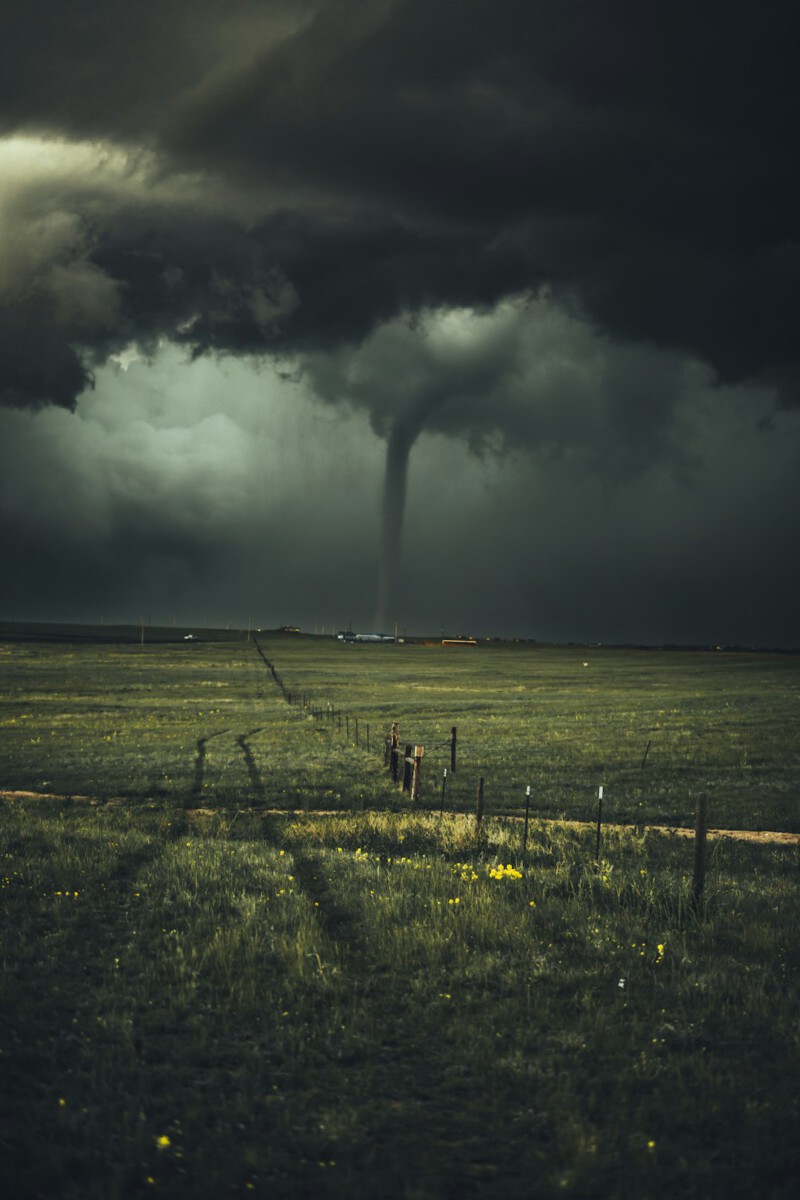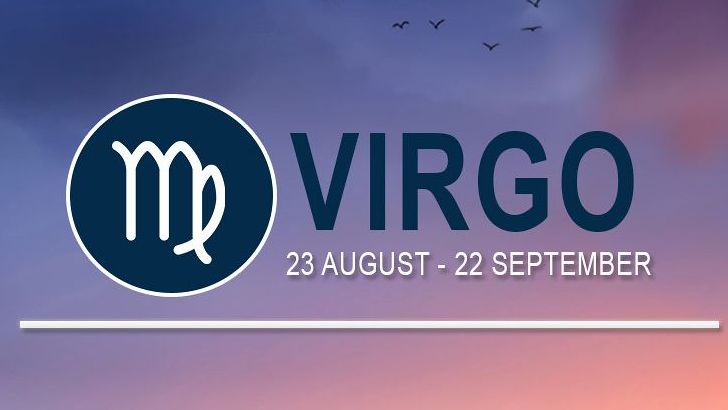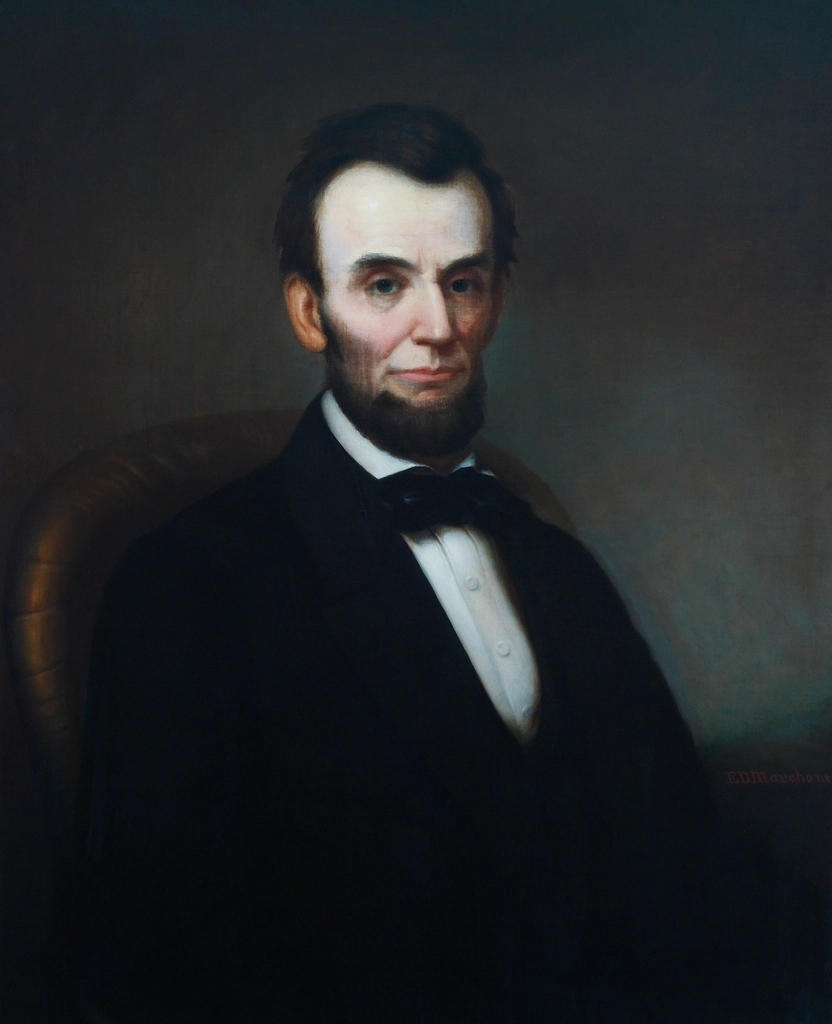The Cold War, a period of intense rivalry and geopolitical tension between the United States and the Soviet Union, spanned from the late 1940s until the early 1990s. This era shaped many aspects of American life, leaving a significant cultural imprint. From influencing art and literature to shaping public sentiment and education, the Cold War’s cultural impact is undeniable. This article delves into various facets of this influence, examining how this period left its mark on American society.
The Rise of Anti-Communism in American Culture

During the Cold War, anti-communist sentiment surged across the United States, driven by both government propaganda and public fear. The fear of communist infiltration became a significant part of everyday life, leading to the infamous Red Scare of the 1950s. This era saw the rise of the House Un-American Activities Committee (HUAC), which investigated alleged communist influences, particularly in Hollywood. Senator Joseph McCarthy became a household name due to his aggressive tactics in rooting out supposed communists. This climate of fear not only influenced political discourse but also affected daily life, from education to employment. Many faced blacklisting and persecution based on mere suspicions of communist affiliations, reflecting the pervasive atmosphere of distrust.
The Influence of Cold War Ideology on Art and Literature

American art and literature during the Cold War were heavily influenced by the prevailing political climate. The era saw the emergence of abstract expressionism, a movement that reflected the chaotic and uncertain nature of the times. Artists like Jackson Pollock and Mark Rothko sought to express the complexities of human emotion in a world fraught with tension. In literature, works like Ray Bradbury’s “Fahrenheit 451” explored themes of censorship and conformity, while J.D. Salinger’s “The Catcher in the Rye” captured the disillusionment of youth. These works critiqued societal norms and values, reflecting a growing sense of skepticism and questioning of authority. Through their art and writing, American creatives provided a mirror to the anxieties and aspirations of their time.
Music as a Reflection of Cold War Tensions

Music during the Cold War served as both entertainment and a medium for political expression. The rise of rock ‘n’ roll, folk music, and protest songs mirrored societal changes and unrest. Artists like Bob Dylan and Joan Baez used their platforms to address issues such as civil rights, war, and government policies. Notable songs like Dylan’s “Blowin’ in the Wind” questioned social injustices, while Creedence Clearwater Revival’s “Fortunate Son” critiqued the Vietnam War and class disparities. Music became a powerful tool for social change, uniting people and fostering a sense of community among those who sought to challenge the status quo. It was through melodies and lyrics that many Americans found solace and solidarity.
The Impact of Film and Television on Public Perception

Film and television played a critical role in shaping public perception during the Cold War. Hollywood produced numerous films that depicted the struggle between capitalism and communism, often portraying the Soviet Union as the antagonist. Movies like “Dr. Strangelove” and “The Manchurian Candidate” satirized the paranoia and absurdity of the era, providing a reflective lens on the societal fears. Television shows such as “The Twilight Zone” frequently addressed themes of fear and the unknown, while “I Love Lucy” offered a more lighthearted escape, subtly reflecting societal norms. These media forms not only entertained but also educated the public about the complexities of the Cold War, influencing how Americans viewed their own society and the world.
The Role of Education and Youth Culture

The Cold War significantly impacted education and youth culture in America. Schools became battlegrounds for ideological conflicts, with curricula often reflecting anti-communist sentiments. The launch of Sputnik by the Soviet Union in 1957 prompted a national focus on science and mathematics education, leading to programs aimed at improving American competitiveness. Youth movements like the Beat Generation challenged conventional norms and embraced alternative lifestyles. The counterculture movement of the 1960s, fueled by disillusionment with the government and the Vietnam War, sought to promote peace and love. These movements highlighted the desire for change and the quest for identity among young Americans during a time of uncertainty.
The Legacy of the Cold War on American Identity

The cultural impact of the Cold War has left a lasting legacy on American identity. The era fostered a sense of nationalism and pride in American values, but it also instilled a deep-seated fear of the “other.” The dichotomy of freedom versus oppression became a central theme in American discourse, influencing foreign policy and domestic attitudes. The concept of the “American Dream” was often juxtaposed against the perceived failures of communism. The Cold War narrative continues to shape contemporary discussions on global politics and cultural identity. Understanding this legacy is crucial for comprehending the complexities of modern American society and its ongoing struggles with issues of identity, freedom, and security.
The Cold War profoundly influenced American culture, shaping everything from art and literature to music and public sentiment. The era’s ideological battles and societal changes left an indelible mark on the American psyche, fostering a unique cultural landscape that continues to evolve. By examining the cultural impact of the Cold War, we gain valuable insights into the complexities of American life and the enduring effects of this pivotal period in history.






